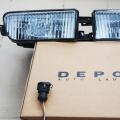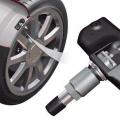Tire pressure monitoring systems are usually called the abbreviation TPMS (Tire Pressure Monitor System) and they are subdivided into operating on an indirect and direct basis. "Direct" - measure directly the air pressure, and "indirect" take information from the ABS sensors - a flat tire has a smaller radius than an inflated wheel, and, accordingly, makes fewer revolutions at the same distance. For many years, for example, Toyota has been fond of indirect systems, but recently it refuses them - there are too many errors and glitches. Although, in general, over many years, the design has confirmed its operability and has the right to exist.
Direct-acting TPMS are now the most common - both in the form of standard options and in the form of non-standard universal systems that can be installed even on a Bentley, even on a UAZ ... Four wireless sensors measure the pressure in each wheel and transmit information to the central unit in salon by radio channel. Some of them require disassembling all wheels to install wireless sensors inside the tire, while others have sensors in the form of external "plugs" -caps screwed onto the nipple from the outside. These systems are designed to be self-installed by the owner as they do not require any tools or technical skills. This is exactly what will be discussed in our review.
FOBO Tire Sensors
Inside each of the four FOBO caps are a solid-state pressure sensor, a Bluetooth board, and a three-volt CR2032 lithium coin cell battery. Even a child can install the sensors - just unscrew the plastic caps from the nipples and screw them in place FOBO. You can choose a kit with silver gauges for alloy wheels and hubcaps, or black gauges for bare stamped wheels.
To change the battery, the sensor can be easily disassembled - the cover-case is unscrewed, reliably sealed from moisture and dust with a silicone ring:
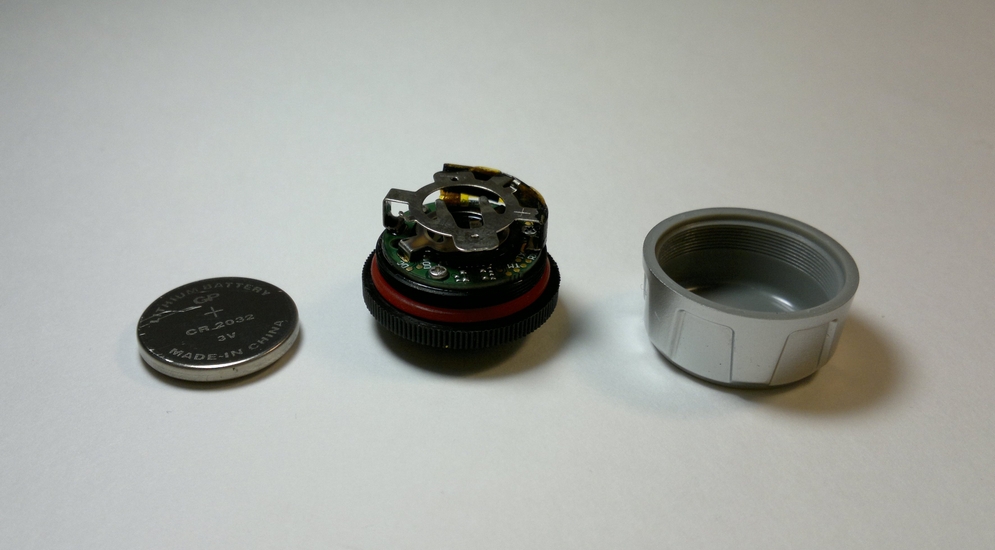
The battery life in the caps is stated to be up to 2 years, but this, as we understand it, is achievable only somewhere in California - in our country it will be greatly shortened by the frosty seasons.
At the same time, the cost of CR2032 batteries is very different ... For example, Duracell (these are exactly what are included in the kit!) Costs 150-200 rubles per PIECE, while a budget brand like "Trophy" costs the same ... for a pack of 10 pieces! Let's be honest - we didn't have the opportunity to test FOBO in such a way as to give advice on the use of certain batteries. Therefore, we leave this question to future users.
It seems that with the announced maximum period of operation on one set of "pills" in a couple of years, the system will work in the conditions of Russian cold weather for at least a year, and once a year it will not be burdensome financially and physically to replace the set of "pills". By the way, the system constantly conducts self-testing, and you will immediately receive an alert about the absence of any of the sensors or a weak signal from it from a dead battery.
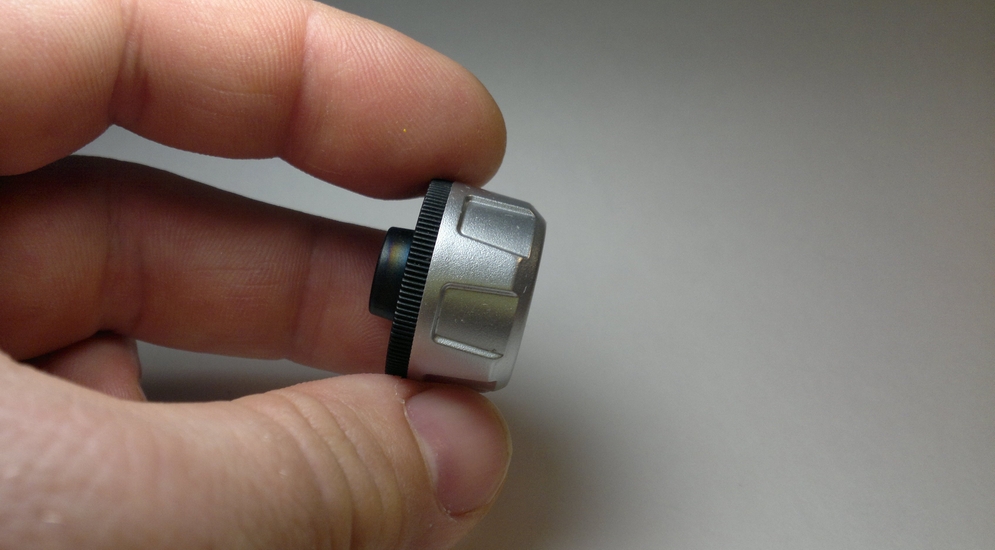
Central module FOBO
The FOBO Tire system consists of sensors, a central unit and your smartphone (Android or Apple) with the FOBO app on board. The sensors communicate via Bluetooth with the central module, and he, in turn, via Bluetooth, with a smartphone. A smartphone is required for the first activation, setup and start-up of the system and subsequently serves as its display - on its screen you can see the pressure in each wheel, temperature and even the parameters of the "spare" in the trunk - for this, of course, you will have to buy the fifth sensor and screw it to it.
At the same time, if you have forgotten your smartphone or generally prefer to use a "stupid" push-button telephone (although it is difficult to believe in this), you can do without it. The fact is that a once configured system is capable of working on only one central unit, without a smartphone - it will warn you with an audible alert that one or more wheels are lowered, and the LED indication will show which one.

"How much to hang in grams" ... ugh, that is, how much is left in the bars - you, of course, will not know, but this is not necessary - it is enough to notice the air leak in time and pump up or repair the cylinder, preserving its integrity.
It is convenient to keep the central unit in the glove compartment or in a pocket on the back of the chair, from where you can hear the squeak of an alarm signal and take it out to find out which tire has lost pressure.
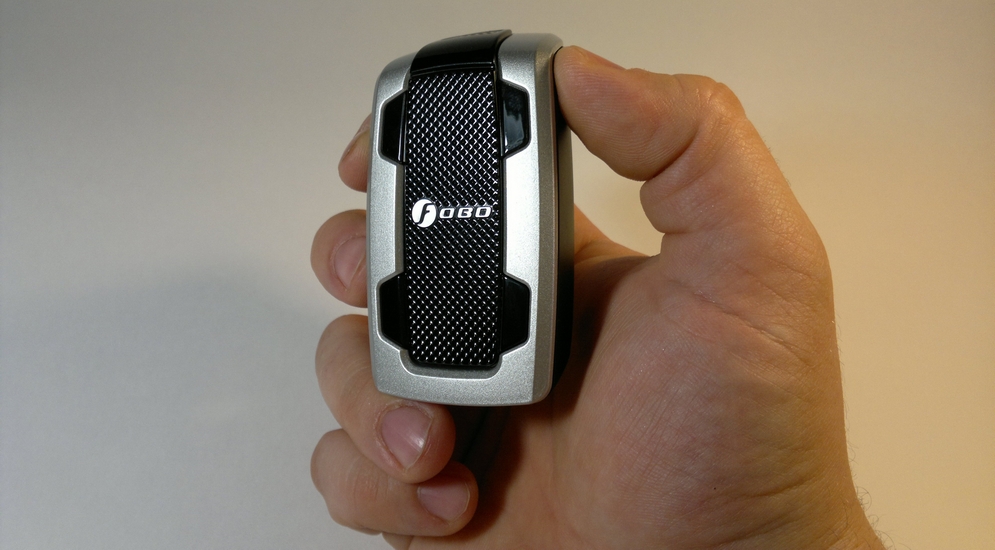

Both wheels are deflated on the left side
The base unit is powered by two conventional AA batteries, which is good news - they are inexpensive, you can choose cheap salt, powerful alkaline or especially durable lithium batteries.
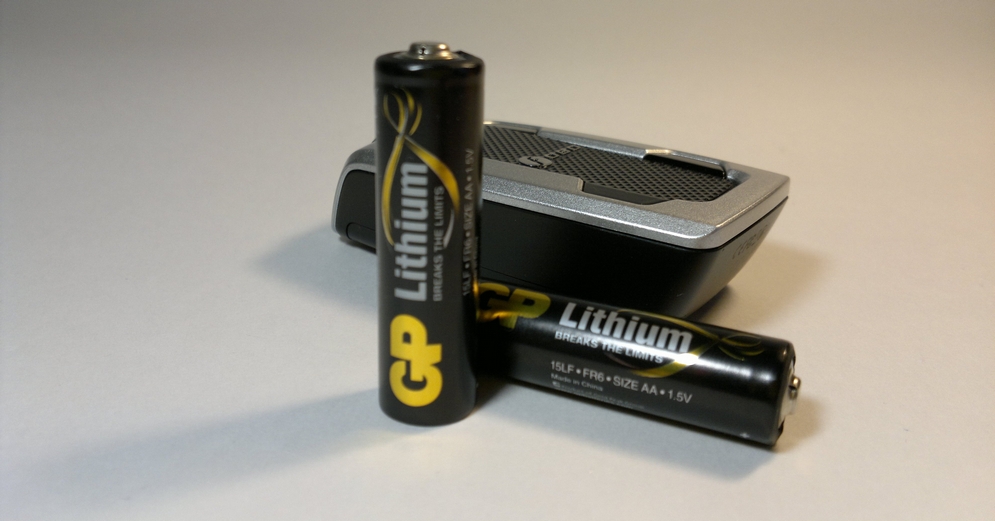
Mobile app
The FOBO Tire mobile apps are available for Android and iOS - of course free. Alas, the system is not yet suitable for those whose gadgets run on Windows Phone.
We download the application, register using an email address as a login, activate Bluetooth on the smartphone and, following the instructions of the application, “pair” the smartphone with FOBO. Everything is very simple!
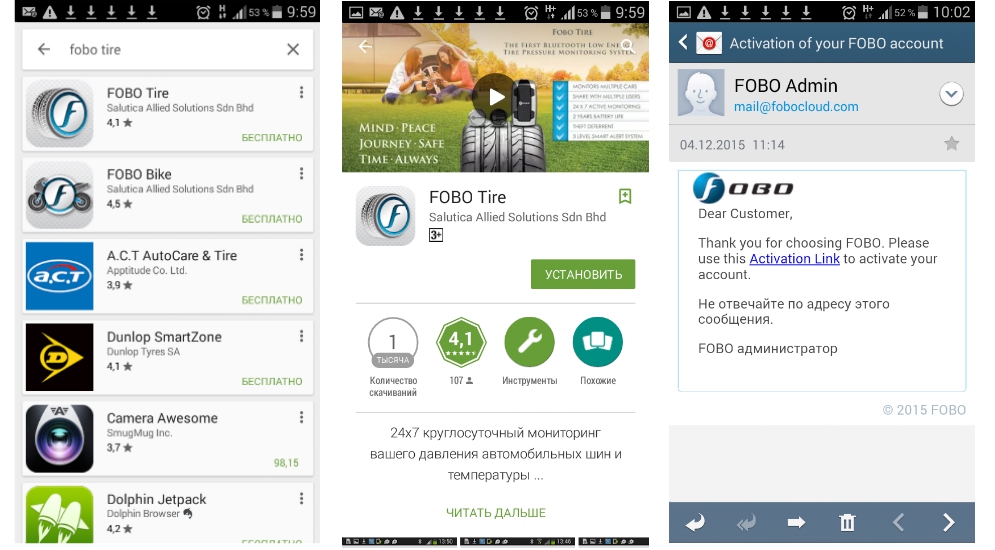
What does the application look like on the screen? It was thanks to the sensors that we found a flat front left wheel, and visually it was completely unobtrusive - especially if we were leaving in the morning twilight and returning in the evening.
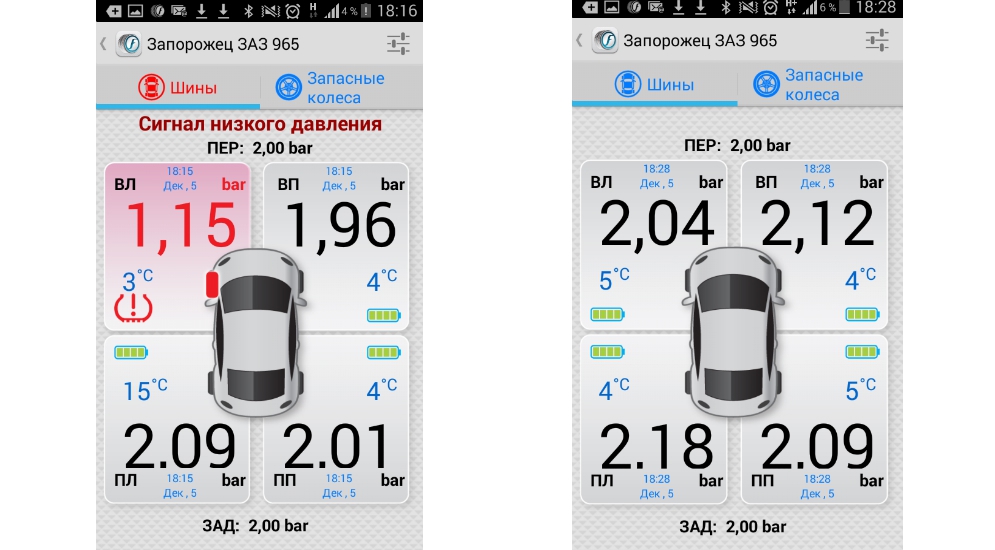
Pumped up!
Do not be confused by the difference in pressure - when you pump up the wheels on a dial gauge (it doesn't matter, with a foot pump, a portable compressor or at a tire service), this state of affairs is the norm. The pointer device does not allow you to catch one or two tens, no matter how hard you try, and this difference does not affect the ride at all. If, on some strange whim, you want to reduce all wheels to the same numbers, then you will first need to pump each one half a bar, and then smoothly bleed it off with a digital pressure gauge. But, we repeat, this activity is completely meaningless.
Balancing
When balancing wheels, we usually pay money for the tire fitter to "bring the wheel to zero" - this guarantees a complete absence of beats, vibrations and, as a result, premature wear of the hub bearing. But won't the sensor on the "nipple" spoil the picture? After all, this is some kind of mass concentrated in one point ...

Weigh the sensor. In general, its mass is small - about 11 grams ... Especially when you consider that the notorious "zero balancing" actually serves for complacency and does not last long - 5-15 grams of imbalance appear almost immediately after the start of the ride - due to dirt and stones stuck in the tread, as well as due to natural rubber microdeformations. Tire fitters know about this and could save you money by not balancing wheels with a scanty imbalance, but ordinary drivers are not aware of the nuances, which is why the practice of "zeroing" has developed.
Therefore, for complete objectivity and honesty, we will conduct a simple experiment: we will balance the wheel "to zero":

Other advantages are generally identical to other systems of a similar layout - ease of mounting sensors as opposed to expensive installation inside the wheels, the ability to use one set of sensors on summer and winter tires, as well as an elementary transfer of the device from car to car. After all, when selling a car, expensive accessories that you leave as a gift to the new owner practically do not affect the price, which means they are unnecessary charity and lost money ...
Cons - they are, where can we go without them: extra costs of about 500 rubles for balancing the front wheels, the absence of an application for Windows Phone, the lack of sensor covers of a different color in the kit (they cost a penny, and the ability to put silver on summer or black on winter wheels would be great!), and the risk of damage and theft. Although the sensors are programmatically tied to their base unit, as a result of which it is pointless to steal them, it will be difficult for crooks to make such a conclusion out of the blue ... would not particularly count.


